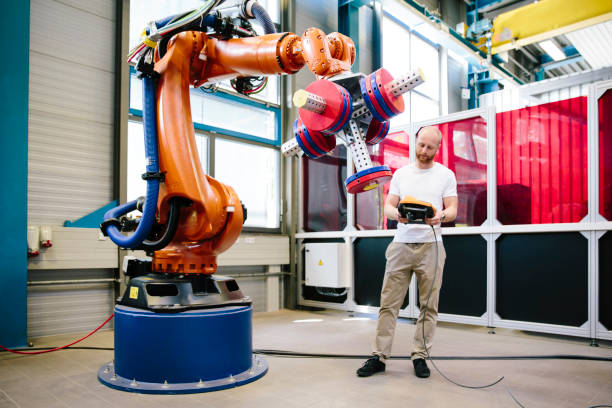Chemistry is an essential field that impacts our daily lives, from medicine to agriculture, electronics, and much more. However, the traditional methods of conducting chemical reactions have remained relatively unchanged for centuries, with manual labour being a crucial part of the process.
With technological advancements, the field of chemistry has also undergone significant changes in recent years, with the introduction of automated chemical reaction devices being a critical development.
What is an Automated Chemical Reaction Device?
An automated chemical reaction device is a piece of laboratory equipment that automates the process of conducting chemical reactions. This equipment allows for the precise control of various parameters, such as temperature, pressure, and reaction time, which results in more consistent and reproducible reactions. Automated chemical reaction devices come in different sizes, from benchtop devices to larger systems that can simultaneously handle multiple responses.
Benefits of Automated Chemical Reaction Devices
Automated chemical reaction devices have several benefits over traditional manual methods, including increased efficiency, precision, and safety.
- Increased Efficiency: Automated chemical reaction devices allow for the rapid and efficient performance of chemical reactions, as they automate many of the manual steps involved in the process. It significantly increases the speed and efficiency of conducting chemical reactions, enabling scientists to run more experiments in less time.
- Precision: The precise control of various parameters in an automated chemical reaction device leads to more consistent and reproducible reactions. This precision ensures that scientists can get accurate and reliable results, leading to a better understanding of chemical reactions and developing new products and processes.
- Safety: Conducting chemical reactions can be hazardous, as many chemicals are reactive and can cause significant harm to both the environment and individuals. Automated chemical reaction devices help to minimize the risk of accidents and exposure to harmful chemicals by automating many of the manual steps involved in conducting chemical reactions.
Applications of Automated Chemical Reaction Devices
Automated chemical reaction devices have a wide range of applications in various fields, including:
- Pharmaceuticals: In the pharmaceutical industry, automated chemical reaction devices synthesize new drugs and understand the underlying chemical reactions involved. The precise control of parameters provided by these devices allows for the rapid development of new medicines and a better understanding of how they work.
- Energy: In the energy sector, automated chemical reaction devices are used to develop new materials and technologies that can be used to produce alternative energy sources, such as solar panels and batteries.
- Materials Science: In materials science, automated chemical reaction devices synthesize new materials and understand the underlying chemical reactions involved in their formation. The precise control of parameters provided by these devices allows for the rapid development and understanding of new materials.
Conclusion
The introduction of automated chemical reaction devices has revolutionized the field of chemistry, providing scientists with a more efficient, precise, and safe method of conducting chemical reactions.
These devices have a wide range of applications, from the pharmaceutical industry to energy and materials science, enabling the rapid development of new products and processes. The continued growth of automated chemical reaction devices will likely lead to even more significant advancements in the field of chemistry in the years to come.


















